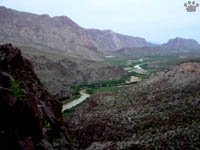
The river separating the two countries is called Rio
Grande in the US, and Rio Bravo in Mexico.
Wild, Wild East - Part 5
Open and dry, the Great Plains have acted as a barrier between
East and West for thousands of years. At their northern and southern edges are
two "bypass" areas, where plants and animals from all parts of the continent
meet each other: Wood Buffalo National Park in the
north and Rio Grande Canyon in the south.
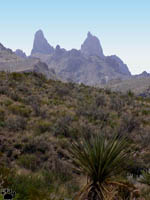
Rabbit Ears peaks in Chisos
Mountains, Texas. |
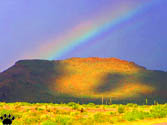
North from Rio Grande is Big Bend National Park. It includes a large area of the
desert and Chisos Mountains - part of Sierra Madre Oriental "cut off"
by the canyon. |
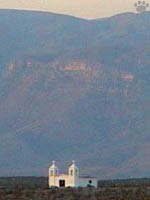
View of abandoned town of La Linda
in Mexico across the Rio Grande. |
 |
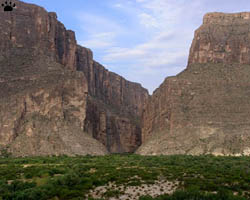 |
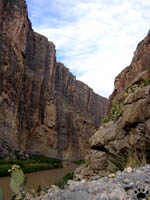 |
| Santa Elena Canyon is
the most striking part of Rio Grande Valley. |
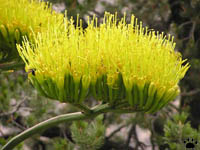
Flowers of Parry's agava (Agave parryi),
Chisos Mountains. |
Most people visit Big Bend during spring rains.
The second rainy season, in late summer, is also very interesting, but the area
gets too hot for most visitors. Many succulents bloom during this "second
spring". |
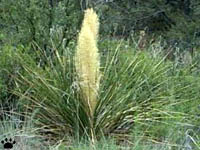
Nolina (Nolina sp.),
Chisos Mountains. |

Evening primrose (Oenothera sp.),
Big Bend. |

Hechtia (Hechtia scoriosa), one of
many plants endemic to Big
Bend area. |

Unidentified flower,
Big Bend. |
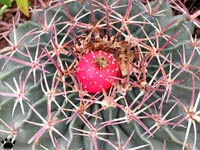
Horse crippler (Echinocactus texensis),
Davis Mountains. |
Still, spring and early summer is the best time
to see numerous cacti of Big Bend. Most of them bloom in March-June. By August,
many of them have colorful fruit, and some become almost invisible. |
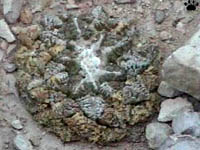
Living rock cactus (Ariocarpus fissuratus),
Black Gap WMA. |
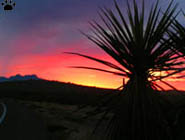 |
 |
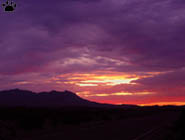 |
| Sunset in Big Bend National
Park. |
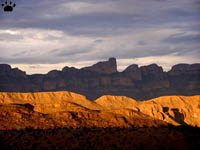
Sunset over Sierra del Carmen, Coahuila, Mexico. |
In addition to magnificent views and stunning
sunset, this area has amazing diversity of wildlife, particularly in Chisos Mountains
and in Sierra del Carmen on Mexican side of the river. |

Sunset over Sierra del Carmen, Coahuila, Mexico. |
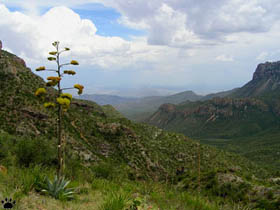 |
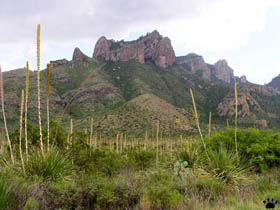 |
| Chisos Mountains, Texas. |
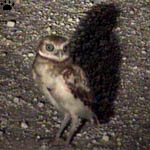
Burrowing owl (Athene cunicularia)
Big Bend Ranch State Park, Texas. |
This diversity of life makes Big Bend one of the
best places in North America to see animals by night driving. You can expect to
see up to 15-20 species of mammals in one night of driving on park roads.

Trans-Pecos rat snake (Elaphe subocularis)
Big Bend Ranch State Park, Texas. |

Plains spadefoot (Scaphiopus
bombifrons), Big Bend, Texas. |
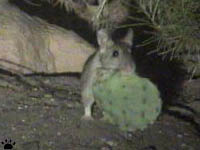
White-throated woodrat (Neotoma albigula),
Big Bend. |

Merriam's pocket mouse
(Perognathus merriami), Big Bend. |
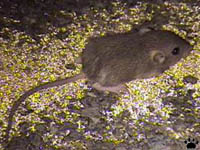
Nelson's pocket mouse
(Chaetodipus nelsoni), Big Bend. |

Pronghorn (Antilocapra americana),
Davis Mountains. |
Collared peccaries (locally called javelinas)
and even mountain lions visit park campgrounds
at night. With some luck, many mammals can be seen during the daylight hours as
well. |

Gray foxes (Urocyon cinereoargenteus),
Chisos Mountains. |
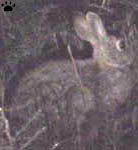
Recently described Davis
Mountains cottontail (Sylvilagus
robustus), Davis Mts., Texas. |

Ringtail (Bassariscus astutus)
is a common predator of rocky
areas. Chisos Mts., Texas. |
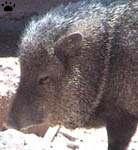
Collared peccary (Tayassu
tajacu), Big Bend Ranch
State Park, Texas. |
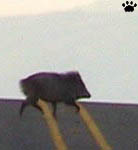
Javelinas are bold animals, and
often can be seen at close range.
Black Gap WMA, Texas. |
|

Striped skunk
(Mephitis mephitis),
Big Bend, Texas.

Striped skunk,
Alpine, Texas.
|


Collared peccary, Alpine, Texas.
Two species of skunks, one from the north and one from the south, are among animals
gathering into Chisos Mountains when surrounding desert is experiencing a regular
droughts.

Texas antelope squirrel (Ammospermophilus leucurus),
Big Bend. |

Hooded skunk
(M. macroura),
Big Bend, Texas

Hooded skunk,
Big Bend, Texas |
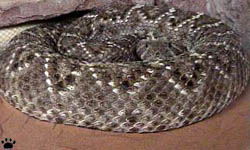
Western diamondback rattlesnake (Crotalus atrox), Big Bend. |
Big Bend area is also famous for high diversity
of reptiles. |

Western diamondback rattlesnake (Crotalus atrox), Big Bend. |
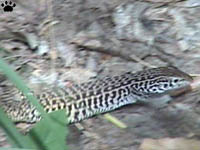
Checkered whiptail (Cnemidophorus
tesselatus), Big Bend. |

Common kingsnake
(Lampropeltis getulus), Big Bend. |

Red form of coachwhip (Masticophus
flagellum), Big Bend. |

Vermillion flycatcher
(Pyrocephalus rubinus),
Big Bend. |
The same mixture of northern and southern
species attracts lots of birdwatchers to Big Bend. Most of them are after Colima
warbler - a small bird which is relatively common within its tiny range. It breeds
on mountaintops of the Chisos and Sierra del Carmen, and winters in west-central
Mexico. |

Colima warbler
(Vermivora crissalis),
Big Bend. |
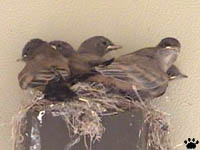
Nest of Say's phoebe (Sayornis saya),
Big Bend. |
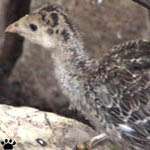
Turkey (Meleagris gallopavo)
chick, Big Bend. |

Nest of black-throated sparrow
(Amphispiza bilineata), Big Bend. |

Cardinal meadowhawk (Sympetrum illotum),
Chisos Mountains. |
There are thousands of species of invertebrates
in Big Bend, but even the largest and the most beautiful ones are seldom noticed
by park visitors. Unless, of course, they bite, sting, bug, or scare somebody. |

Woodland cicada (Platypedia sp.),
Chisos Mountains. |
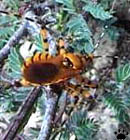 |
 |
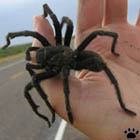 |
 |
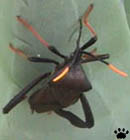 |
Tiger bug (Macrophymata sp.),
Big Bend. |
Aphonopelma spider and its hunter,
a parasitic wasp called
tarantula hawk (Pepsis sp.), Big Bend. |
Leaf-footed bug
(Acanthocephala thomasi). |
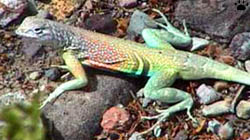
Greater earless lizard (Cophosaurus texanus), Big Bend.
Part 6. The Northeast
Back to Part 4
Home
|